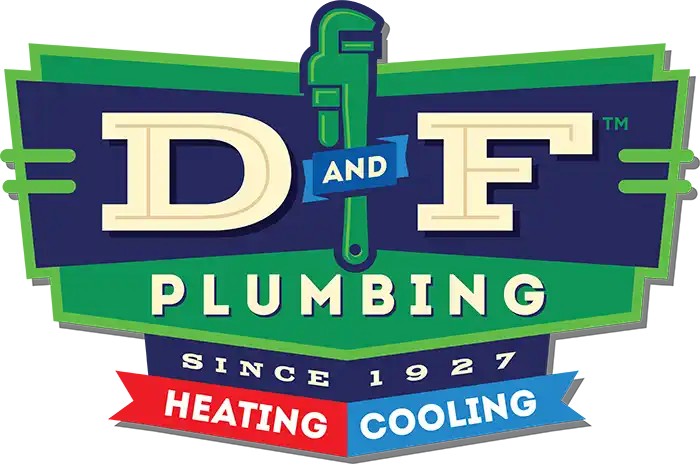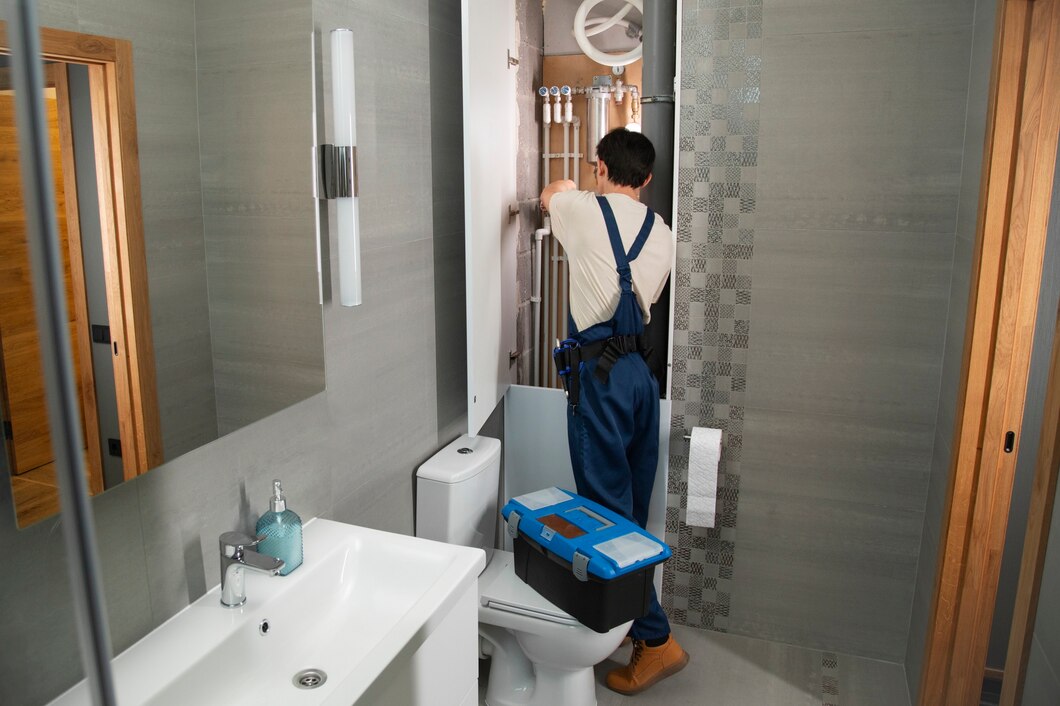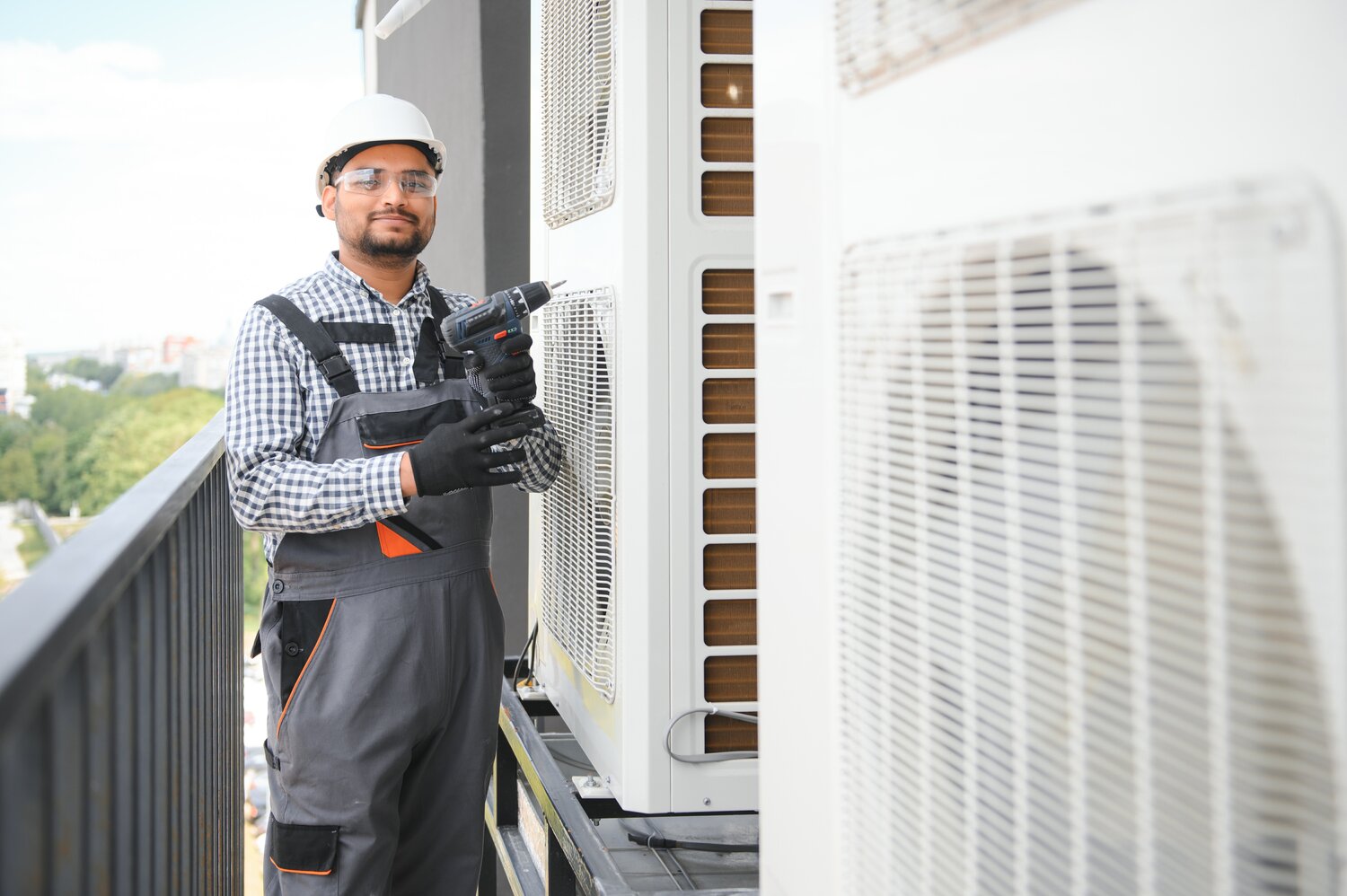Your furnace is essential for keeping your home warm and comfortable during cold weather. However, like any other appliance, it can encounter issues that require attention. Ignoring these problems can lead to more significant issues down the line. Recognizing early signs of furnace trouble helps in avoiding costly repairs and ensures the safety of your home.
Recognizing Early Warning Signs of Furnace Problems
Being able to recognize early warning signs of furnace trouble can save you from more significant repairs later. One of the first signs is unusual noises. If you hear banging, rattling, or squealing sounds, it could indicate loose components or motor issues. Addressing these noises promptly can prevent further damage.
Another warning sign is uneven heating throughout your home. If some rooms are warmer than others, your furnace might be struggling. This could be due to a clogged filter, duct issues, or a failing thermostat. Consistent and balanced heating is a good indicator that your furnace is functioning properly.
A sudden increase in energy bills without increased usage is also a red flag. This usually means the furnace is working harder than it should to maintain desired temperatures. Regular maintenance can help identify and fix these issues before they inflate your bills even more.
Common Furnace Repairs and Their Causes
Understanding common furnace repairs and their causes can help you address issues efficiently. One frequent problem is a clogged air filter. Dirty filters restrict airflow, causing the furnace to work harder, which can lead to overheating and shutdowns. Replacing or cleaning the filters regularly can prevent this issue.
Another common repair is fixing a malfunctioning thermostat. A faulty thermostat can cause inconsistent temperatures or the furnace to run continuously. Our technicians can recalibrate or replace the thermostat to restore proper function.
Broken or worn-out belts and bearings in the blower motor are also common repairs. These components wear out over time and affect the airflow. Regular inspections can catch wear and tear early, preventing a complete blower motor failure.
- Ignition Issues: Problems with the ignition or pilot light can prevent your furnace from producing heat. This could be due to a faulty ignition switch or dirty sensors.
- Blower Motor Problems: The blower motor circulates the heated air through your home. If it fails, you will feel little to no airflow from the vents.
- Limit Switch Malfunction: The limit switch turns off the furnace if it overheats. A malfunctioning switch can either shut down the furnace unnecessarily or fail to shut it off when needed.
The Risks of Delaying Furnace Repairs
Delaying furnace repairs can lead to serious problems and increased costs over time. One of the primary risks is the potential for complete system failure. Small issues, such as a minor leak or a worn-out part, can escalate into significant problems that require costly repairs or even full system replacement.
Another risk is reduced energy efficiency. A malfunctioning furnace works harder to heat your home, which consumes more energy and results in higher utility bills. The longer you delay repairs, the more money you will spend on energy costs. Regular maintenance and timely repairs keep your furnace running smoothly and efficiently.
Postponing furnace repairs can also pose a safety hazard. Issues such as carbon monoxide leaks, short circuits, or electrical faults can create dangerous conditions. Prompt attention to these problems ensures your family’s safety and prevents emergencies.
Benefits of Timely Furnace Repair with D&F Plumbing, Heating and Cooling
Timely furnace repairs offer numerous benefits that enhance comfort and safety. First, addressing issues early ensures your furnace operates at peak efficiency, reducing energy consumption and saving money on utility bills. Proper furnace maintenance helps prevent unexpected breakdowns, which can be inconvenient and costly.
Timely repairs also extend the lifespan of your furnace. By fixing small problems before they become major issues, you can prolong the life of your heating system and delay the need for a replacement. Regular maintenance helps identify wear and tear, allowing our professionals to perform necessary repairs and keep your furnace in top condition.
Safety is another significant benefit. Timely furnace repairs prevent potential hazards such as carbon monoxide leaks or electrical issues. Our professionals conduct thorough inspections to ensure all components function correctly, providing peace of mind and a safe home environment.
Here are other benefits of timely furnace repair:
- Improved Air Quality: Regular maintenance and prompt repairs help maintain clean air filters and ductwork, improving indoor air quality.
- Consistent Heating: Fixing issues promptly ensures even and reliable heating throughout your home, enhancing overall comfort.
- Warranty Protection: Many furnace warranties require regular maintenance and timely repairs to remain valid, protecting your investment.
Conclusion
Maintaining your furnace through regular inspections and timely repairs is crucial for ensuring efficient and safe operation. Recognizing early warning signs, understanding common repairs, and appreciating the risks of delaying maintenance can save you from costly and extensive issues down the line. Timely repairs not only enhance comfort and safety but also extend the lifespan of your furnace and improve energy efficiency.
For dependable and professional furnace repair in Salmon Creek, WA, trust the experts at D&F Plumbing, Heating and Cooling. Our skilled technicians are dedicated to providing high-quality service and ensuring your furnace operates at its best. Contact us today to schedule your furnace repair and enjoy a warm, comfortable home all year round!










